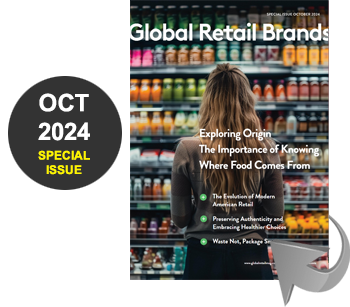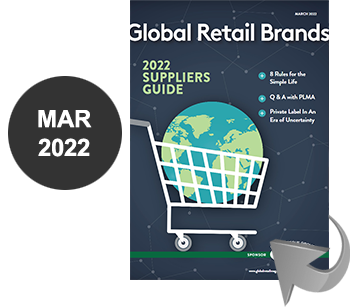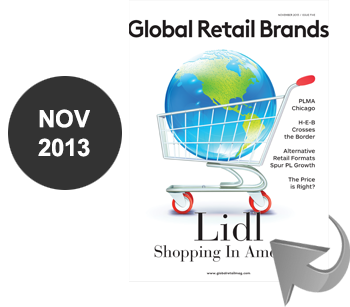Segmenting shoppers who are most inclined to buy
By Perry Seelert, Co-Founder and Strategic Partner, Emerge
There is an old expression “if you want to catch fish, fish where the fish are”, and the pearl of wisdom it offers is one centered on targeting. To play the metaphor out even further, you have to consider where you are fishing (ocean, river, lake), at what depth, with what type of lure, and with what kind of fish in mind? It is an adage I like to apply to retail, since the reality is that not all shoppers are created equal, and we shouldn’t try to persuade or reach all of them with the same type of marketing and media.
Most retailers have a great opportunity to be far more discriminatory in their approach, coveting and pointing their marketing at shoppers who are most prone (and most valuable), and we should think about how this applies to retailer’s own brands.
 A Simple Matrix – To begin the targeting process, create a matrix that looks at two elements: who shops your store (high to low users, your X axis) and who buys own brands (high to low usage, your Y axis). The consumers who fall into the “Low-Low” box are those that you shouldn’t waste your time with, as they are the least valuable. Those who are high users of own brands but low users of the chain are “Switchers”, and also not worth persuading. But the other two boxes are your “Passionate Advocates” and your “Own Brand Vulnerables”, and this is where you should be focusing more of your own brand marketing budget.
A Simple Matrix – To begin the targeting process, create a matrix that looks at two elements: who shops your store (high to low users, your X axis) and who buys own brands (high to low usage, your Y axis). The consumers who fall into the “Low-Low” box are those that you shouldn’t waste your time with, as they are the least valuable. Those who are high users of own brands but low users of the chain are “Switchers”, and also not worth persuading. But the other two boxes are your “Passionate Advocates” and your “Own Brand Vulnerables”, and this is where you should be focusing more of your own brand marketing budget.
Heavy, Medium & Light – Knowing the range of your heavy, medium and light users of own brands is also really essential, because you want to market to each of them differently. Most retailers have frequent shopper data that can help segment these audiences, and the messages, tone/manner of communication and even the products you are trying to sell should be tailored to your “resistors”, “partial believers” and “disciples” for optimal persuasion.
Bounce-Backs & Cross- Promotion – Do you have an in depth catalogue of bounce-back and cross-promotion ideas that are incorporated into your marketing plan? Where do the buying affinities exist and across which products? For instance, if someone is buying your all-natural and organic own brands, are they being offered incentives for gluten-free too, because they should. Setting these bounce-back offers up systematically can go a long way towards encouraging trial.
Social Media Dialogue – With social media and its continuing importance in marketing persuasion, do you have your High Users (“Disciples”) blogging and talking about your own brands? This is an easy thing to set up and there is no better persuader than word-of-mouth advertising. Your Millennial shopper today is very social media savvy, and they can even give you new product insight if you establish good two-way mechanisms for listening. This goes beyond Facebook and Twitter likes and tweets, and if it is done with authentic intention, gets your “Disciples” working for you by providing insights that are truly meaningful.
Most retailers are doing very little targeting and segmenting when it comes to their own brand marketing investment, and it is a huge opportunity. Start with these simple steps and it can go a long way to persuading the right shoppers.
Perry Seelert is a retail branding and marketing expert, with a passion for challenging conventional strategy and truths. He is the Strategic Partner and Co-founder of Emerge, a strategic marketing consultancy dedicated to helping Retailers, Manufacturers and Services grow exponentially and differentiate with purpose. Please contact Perry at perry@emergefromthepack.com





















































